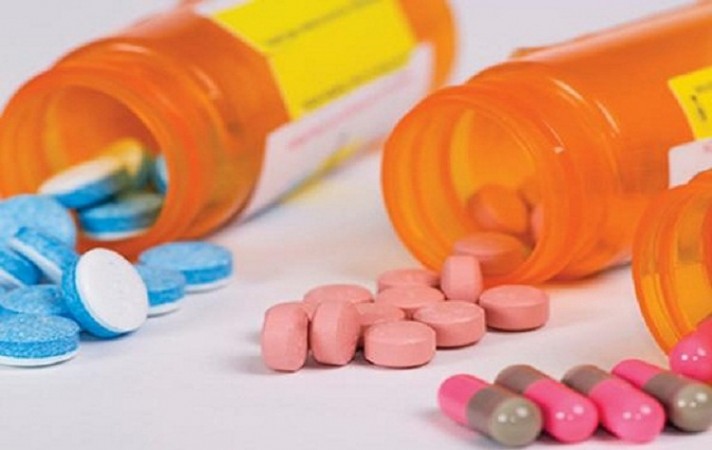
A new study done in New York shows that several drugs used to treat Covid-19 patients, including remdesivir, dexamethasone, and antibiotics for associated bacterial infections, persist through wastewater treatment and may happen in waterways at levels high adequate to negatively affect aquatic organisms.
Many over-the-counter and prescription medications, such as antibiotics and painkillers, are known to persist through wastewater treatment plants and into neighbouring waterways, where they might adversely affect aquatic creatures, according to researcher Heather Preisendanz from Penn State.
This information sparked worries that increasing drug usage during the pandemic would also result in higher drug concentrations in wastewater treatment plant effluent and possibly endanger aquatic life, according to Preisendanz.
The team collected weekly influent (incoming) and effluent (outgoing) samples from two wastewater treatment facilities in central Pennsylvania between May 2020 and May 2021 for the study, which was published in the Journal of Environmental Quality. One of the locations has a hospital as part of its service offering.
The researchers examined the effluent and influent at both wastewater treatment facilities for a number of drugs that might have been used to treat Covid-19 as well as the virus SARS-CoV-2.
The researchers looked at five antibiotics (ampicillin, doxycycline, ofloxacin, sulfamethoxazole, and trimethoprim), two Covid-19 therapeutic agents (remdesivir and dexamethasone, which is used to reduce severe upper respiratory inflammation in patients on ventilators), two over-the-counter fever reducer/pain relievers (acetaminophen and naproxen), two over-the-counter fever reducer
The team discovered that the number of Covid-19 patients hospitalised was correlated with remdesivir concentrations, whereas the number of hospitalised patients on ventilators was correlated with dexamethasone concentrations.
Remdesivir and dexamethasone concentrations in the hospital's wastewater treatment plant's influent were specifically 28% and 31%, respectively, whereas the wastewater treatment plant's average removal efficiency for these medicines were 39% and 56%, respectively.
None of the influent samples gathered at either treatment facility contained any hydroxychloroquine.
Dexamethasone was found in concentrations that could represent a low acute danger to fish, according to Preisendanz, even though the risk of remdesivir to aquatic organisms could not be determined because research has not yet been done to identify the concentrations that could pose a concern.
Study finds Monkeypox may cause neurological damage and more
Dietary drinks help increase heart disease risk
Study finds Insomnia in elderly linked to dementia, memory loss risk